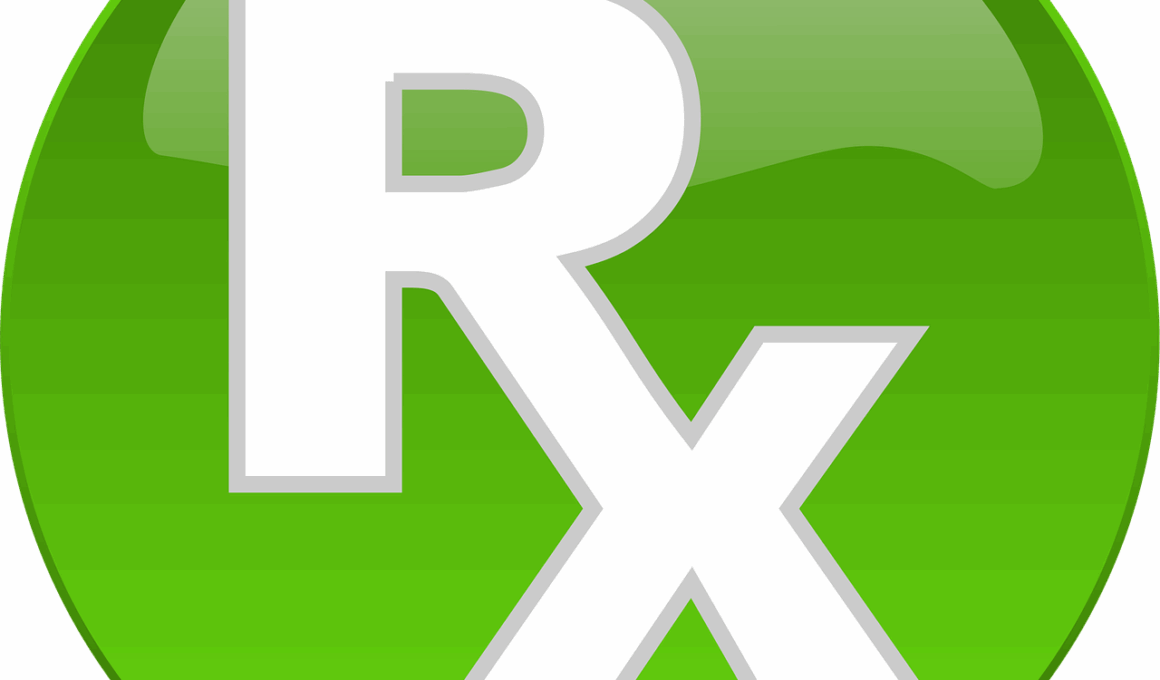Step-by-Step Guide to Enrolling in Medicare During Retirement
Understanding the enrollment process for Medicare can feel overwhelming. However, following a systematic approach can make it easier. First, determining when to enroll is crucial. Generally, you are eligible for Medicare when you turn 65. It’s essential to understand the initial enrollment period, which spans from three months before your birthday month to three months after. During this time, you can apply for Medicare Parts A and B without a penalty. If you miss this window, you could face higher premiums and delayed coverage. Knowing the various parts of Medicare is vital as well. Medicare consists of Part A, which covers hospital insurance, and Part B, which covers outpatient services. Additionally, many beneficiaries choose to enroll in Medicare Advantage, which offers additional benefits, and Medicare Part D, which provides prescription drug coverage. Reviewing your healthcare needs beforehand can help you select the most appropriate options. Gathering necessary documents, such as your Social Security number and proof of residency, will expedite the enrollment process. Be sure to explore online resources such as medicare.gov for more information.
Medicare offers different coverage options, making it essential to understand what each part entails. First, Medicare Part A primarily covers inpatient hospital stays, skilled nursing facilities, hospice care, and some home health care services. This part is generally premium-free for individuals who have worked and paid Medicare taxes for at least ten years. On the other hand, Medicare Part B helps with outpatient care, preventive services, and medically necessary services. Beneficiaries usually pay a monthly premium for Part B, and it also has deductibles and coinsurance. Next, there’s Medicare Part C, or Medicare Advantage, which bundles Part A and Part B coverage while often including additional benefits such as vision, dental, and more. This plan is offered by private insurance companies approved by Medicare. Lastly, consider Medicare Part D, which provides prescription drug coverage to help reduce out-of-pocket costs for medications. Researching and comparing plans can assist you in selecting the best coverage for your needs. Use the find a plan tool on the Medicare website for easier comparison.
Eligibility and Enrollment Process
Eligibility for Medicare largely depends on your age and work history. If you are receiving Social Security benefits for at least four months before you turn 65, you will automatically be enrolled in Medicare Part A and Part B. However, if you’re not receiving Social Security benefits, you must actively enroll. It’s vital to verify your eligibility periods to avoid gaps in insurance coverage. Those who become disabled before age 65 are eligible for Medicare after receiving Social Security Disability Insurance (SSDI) benefits for 24 months. Additionally, individuals with certain conditions, such as End-Stage Renal Disease (ESRD) or Amyotrophic Lateral Sclerosis (ALS), may qualify for Medicare sooner. Understanding the circumstances surrounding your eligibility can significantly impact your healthcare decisions. After determining eligibility, it’s time to begin the enrollment process. Most seniors can enroll online, by phone, or in person at their local Social Security office. Preparing necessary documentation well in advance is crucial to ensure a smooth enrollment process. Make a checklist of the required documents, including your Medicare card, as you begin this process.
Once enrolled in Medicare, beneficiaries should stay informed about their coverage options and changes that may occur annually. Each year, you can review your benefits during the Annual Enrollment Period (AEP), which runs from October 15 to December 7. This is when you can make changes to your Medicare coverage, including switching from Original Medicare to Medicare Advantage or vice versa. Additionally, it’s wise to evaluate your current medications during this period to ensure your coverage meets your healthcare needs. Your plan may have formularies that change, affecting your out-of-pocket costs for medicines. As you age, the frequency at which you need medical services can increase, making it essential to reassess your plan annually. Keep track of any changes in your health status and available services or plan options. Utilize resources such as the Medicare Advantage Plans webpages for updates and details about available plans in your area. Being proactive about your Medicare choices will help you maximize your benefits.
Understanding Costs
Costs associated with Medicare can vary widely based on the coverage plan you select. For Medicare Part A, most individuals pay no monthly premium if they meet specific work duration criteria. However, individuals may incur deductibles, copays, and coinsurance for services. For Medicare Part B, a standard premium applies starting each year, which can adjust based on your income. There are also deductibles and coinsurance, adding to the overall costs. Remember to factor in potential additional expenses if you select Medicare Advantage or Part D plans, as these can have varied costs as well. It’s crucial to review what is included in each plan to avoid unexpected costs. As you assess your options, think about creating a budget that reflects your estimated healthcare expenses, including doctor visits, medications, and any additional services not covered by Medicare. Using tools available on the Medicare website can help you estimate these costs more accurately. Making informed decisions about plan selection helps ensure coverage that meets both your fiscal and health needs.
Medicare encourages preventative health measures to improve overall health and reduce long-term healthcare costs. Under Part B, beneficiaries receive coverage for various preventive services, including annual wellness visits, cancer screenings, and vaccination programs. Taking full advantage of these offerings can help catch potential health issues early. Preventive care can make a significant difference in maintaining a healthy lifestyle, especially as you age. Utilizing covered screenings can lead to early detection of diseases such as diabetes, breast cancer, and heart disease, providing a pathway for necessary interventions. Be sure to discuss available preventive benefits with your healthcare provider to ensure you personally benefit from them. Additionally, adopting a healthier lifestyle plays a vital role in preventing chronic health conditions. Consider talking with nutritionists, attending fitness groups, or engaging in regular physical activities to maintain your health. Websites like CDC Physical Activity offer helpful guidance on healthy living. Taking control of your health as you age enhances both your quality of life and financial planning for retirement.
Final Thoughts on Medicare Enrollment
Completing the Medicare enrollment process can initially seem daunting. However, being informed about each step and understanding your options can simplify it significantly. Collecting the necessary documents, being aware of eligibility timelines, and staying proactive about your health can make a world of difference. From selecting primary coverage to evaluating additional plans as needs change, knowledge proves to be the most valuable asset. Don’t hesitate to reach out for assistance if questions arise during the enrollment process. Local resources, such as counseling organizations or state health insurance assistance programs, are available to help you navigate the complex landscape of Medicare. Always consider reviewing your options annually to adapt your plan as circumstances change. Remember that Medicare continues to evolve, creating new pathways for beneficiaries to tailor their healthcare experience. Emphasizing preventative care will also add to your well-being and financial health. Utilize resources provided by the government, healthcare providers, and educational platforms to empower yourself in making the best decisions for your retirement health needs. You will set yourself up for success in your transition into Medicare coverage.
Now that you have a better understanding of enrolling in Medicare, it’s easy to see how important it is to stay informed and plan ahead. Resources like the official Medicare website provide a wealth of information regarding each part of Medicare, eligibility requirements, and enrollment periods. It’s vital to keep abreast of any changes that may impact your coverage, especially considering healthcare is an evolving field. You now possess the tools necessary to analyze and select options that best fit your needs. Additionally, networking with other retirees can often provide valuable insights and personal experiences that can guide you through challenges. Effective retirement planning includes not only financial stability but also accommodating comprehensive healthcare coverage that will serve you well in the years ahead. As always, correct information on Medicare plans helps you avoid pitfalls and decisions that could lead to unexpected healthcare costs later. Getting organized and preparing to navigate the Medicare landscape will equip you for a seamless transition into this critical stage in your life. Remember, knowledge is power when it comes to Medicare enrollment, enhancing your overall retirement experience.


